KUALA LUMPUR, Oct 10 — Prime Minister Datuk Seri Anwar Ibrahim is set to table his third federal spending plan today, with expectations that it will focus on cushioning Malaysia from the severe external pressures of new US tariffs and a slowing global economy.
Malaysia currently faces a 19 per cent “reciprocal” tariff on most exports to the US, up from a 10 per cent baseline, which is projected to shave between 0.6 and 1.2 percentage points off the nation’s economic growth next year.
The tariff, imposed under the US International Emergency Economic Powers Act, was initially set at 24 per cent in April before being reduced to 19 per cent in August following negotiations, placing Malaysia on par with Indonesia, Thailand, and the Philippines.
Although sectors such as gloves and key semiconductor equipment enjoy partial exemptions, non-exempt exports like photovoltaic cells and printer parts are expected to take a hit, with total exports to the US projected to contract by over five per cent. The government estimates that up to 50,000 jobs could be at risk if supply chains relocate to lower-tariff competitors in the region.
The nation also remains vulnerable to the spillover effects of the US-China trade war, with the World Bank estimating that a one-percentage-point drop in China’s growth could slow Malaysia’s GDP by up to 0.45 per cent.
How will Budget 2026 tackle this?
The Anwar administration has said Budget 2026 will focus on strengthening social protections and investments in key sectors such as semiconductors and the energy transition, as it tries to adjust to the new tariff environment.
It has already committed to keeping the cost of living low by maintaining petrol subsidies for all Malaysians, despite the initial plan to limit them to middle- and low-income earners.
There is also expectation that some form of tax relief will be announced as the Anwar government looks to help the middle class cope with potential inflationary pressures.
The Edge quoted a Deloitte analyst suggesting the government could revisit the RM35,000-to-RM100,000 income bracket—where tax rates range from 6 to 19 per cent. The analyst believes a one- to two-per-cent rate cut would offer relief.
In its pre-Budget 2026 statement, Putrajaya said fiscal space would be directed towards improving education and healthcare reforms, as it aims to keep healthcare costs affordable.
Minister of Plantation and Commodities Datuk Seri Johari Ghani said Budget 2026 will focus on narrowing the fiscal deficit while shielding against a volatile global economy, hinting at measures to protect households from potential economic shocks.
What businesses and people expect from Budget 2026
Affordable healthcare, increased social protection, better support for housing, and higher wages are some of the most popular wishes, according to polls by several media outlets.
A survey by English daily The Star found an income tax rate cut as the most popular item on the wishlist, as households want more money to spend and save.
As for industries, the Anwar government said it would do more to protect the strategic semiconductor sector, one of the country’s largest exporters.
More than 40 per cent of Malaysia’s exports come from the electrical and electronics (E&E) and semiconductor sectors.
Putrajaya is also expected to announce financial support for companies trying to diversify their export markets in the face of growing protectionism in the US.
Finance Minister II Datuk Seri Amir Hamzah Azizan said today’s Budget will give special attention to boosting Malaysian companies’ global competitiveness. – The Malay Mail

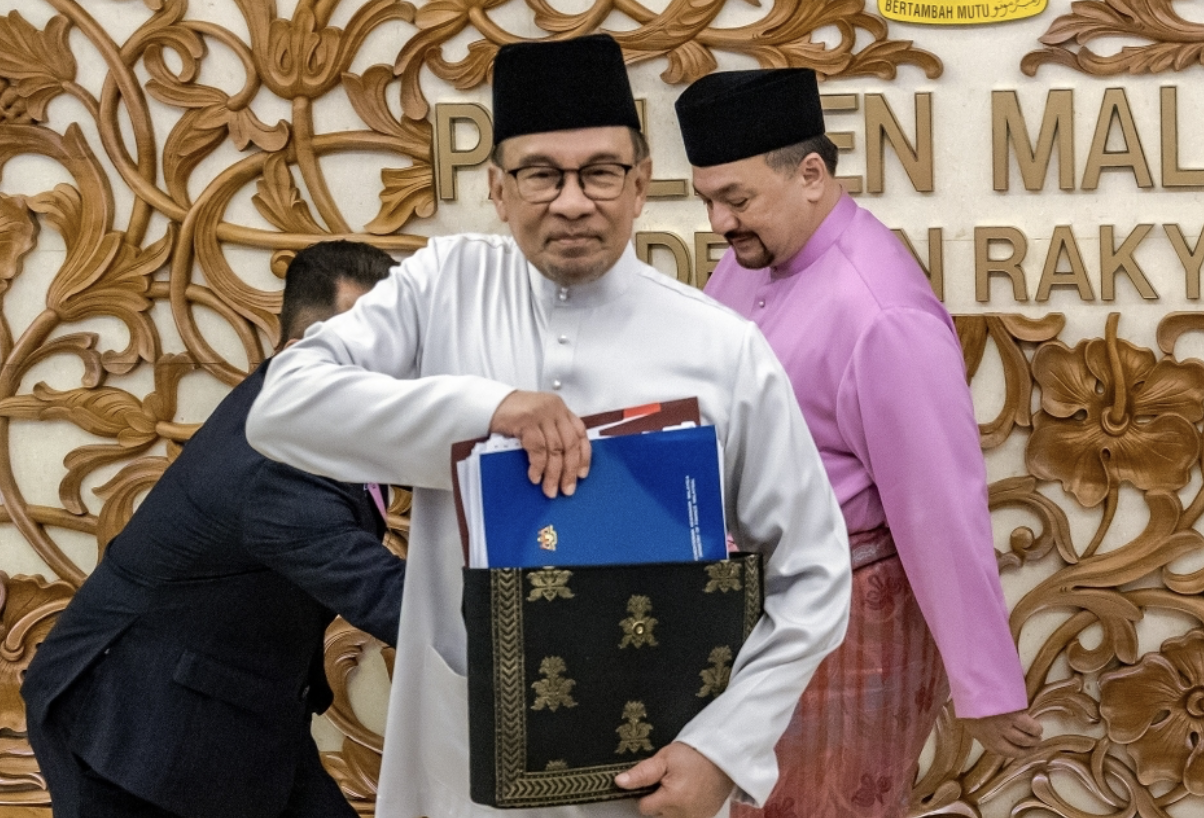
-加码-scaled.jpg)

-加码-scaled.jpg)



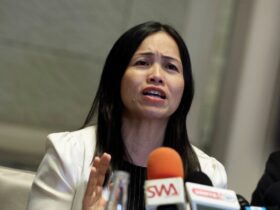


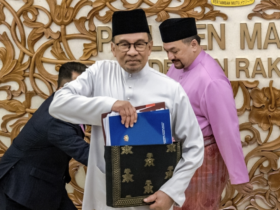
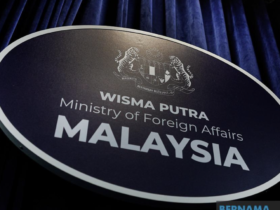

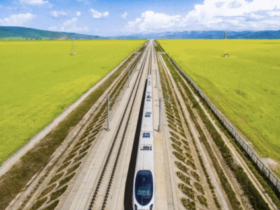

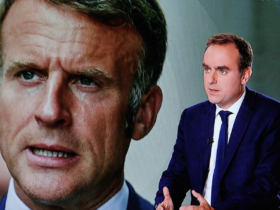
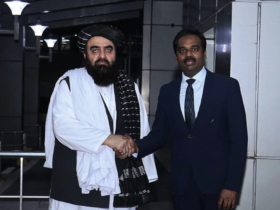

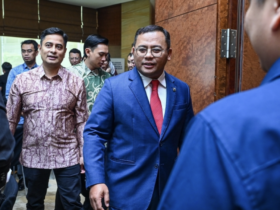
Leave a Reply